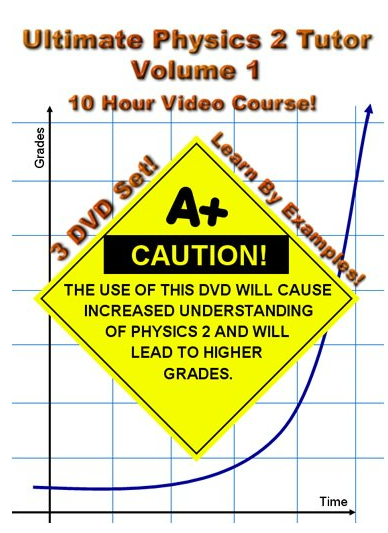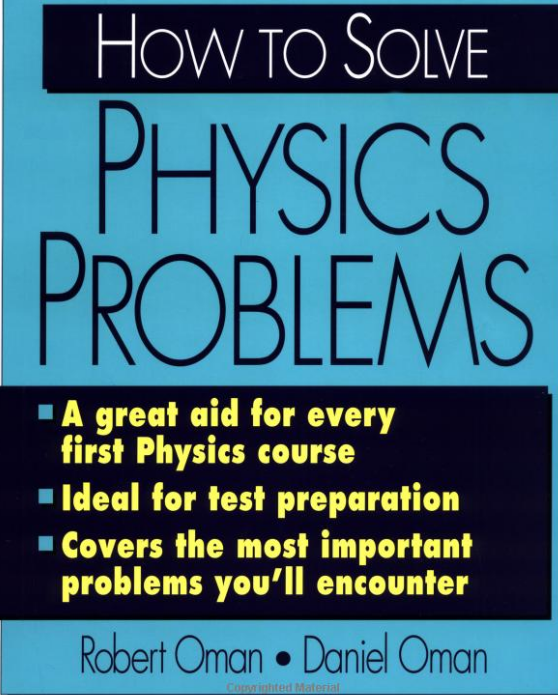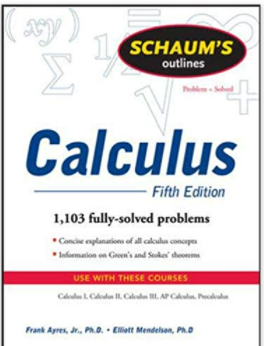
This is a great guide for a high-school, non-AP physics class, or an algebra-based physics class at the college level. It contains the material that you will see in the first two semesters of physics (Newtonian motion and mechanics, electricity and magnetism, waves and light, optics, thermodynamics, and nuclear physics (which sometimes gets introduced in the second semester, and sometimes it is left for the more advanced classes)). It does not cover subjects like quantum physics or relativity, or the other material you would see in a Modern Physics class to any great extent.
The introductory chapter discusses topics like unit conversion, symbols, sign conventions, and the basics of algebra and trigonometry that you will need to know. The rest of the chapters are broken into lessons that introduce the theory behind each topic, give examples, and then provide a short problem set at the end. Then, at the end of each chapter, there is a chapter test that has problem types from each lesson, and an answer key to the problems in the chapter. The answer key does not work out the problems, just allows you to check your work. So, it does not spoonfeed you everything and makes you learn the material. The examples in the chapters are fully worked out, and the problems in the problem sets are representative of the example problems.
One thing I love about the approach is that the book stresses solving the problems symbolically first, and then plugging the values in at the end. Far too many people tend to plug the numbers in as they go, which provides many more opportunities for making math mistakes. Now, most physics teachers do not kill you for math mistakes, but some do. If you solve the problems symbolically first, you show your teacher that you actually understand the problem and how to solve it, and if you screw up on the math at the very end, you will get the vast majority of the points. It also provides a good template for how to set up your answer by labeling what is given and what you are trying to find, which shows that you can interpret what the question is asking for correctly.
If there is one drawback to this guide is that it does not have a lot of multi-step problems. Meaning problems where you have to calculate one parameter (like time) using one formula and then take that result and plug it into a different formula to solve for a different parameter (like distance or velocity). Those kinds of problems are almost exclusively what you will get on calculus-based physics exams because they are more complex than problems that amount to just "plug and chug" where you are given all the information you need to solve the problem upfront. But, because this is geared for the "easier" problem types, just know that if you are going to be taking calc-based physics the examples and the problems you get in this guide are going to be similar to your easiest homework problems, and will not be anywhere near as complex as the hardest homework problems or any exam problems you will have. But, even if you are going to be taking calc-based physics, this can be used to learn the theory (especially if you cannot easily follow the textbook or your teacher is not a good lecturer) and provide you with basic examples from which to build from. So, I highly recommend this regardless of what level of physics you are taking.

















